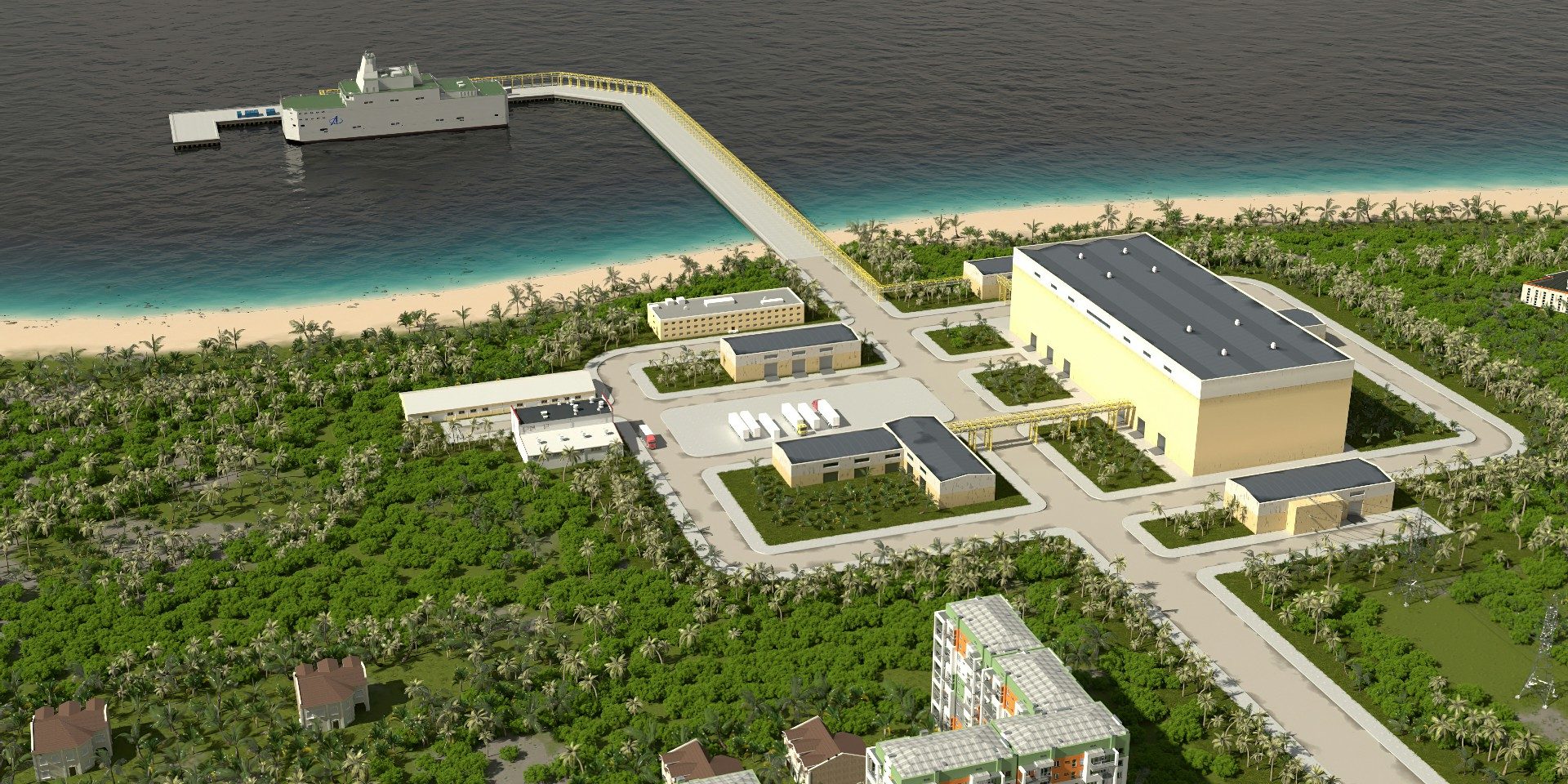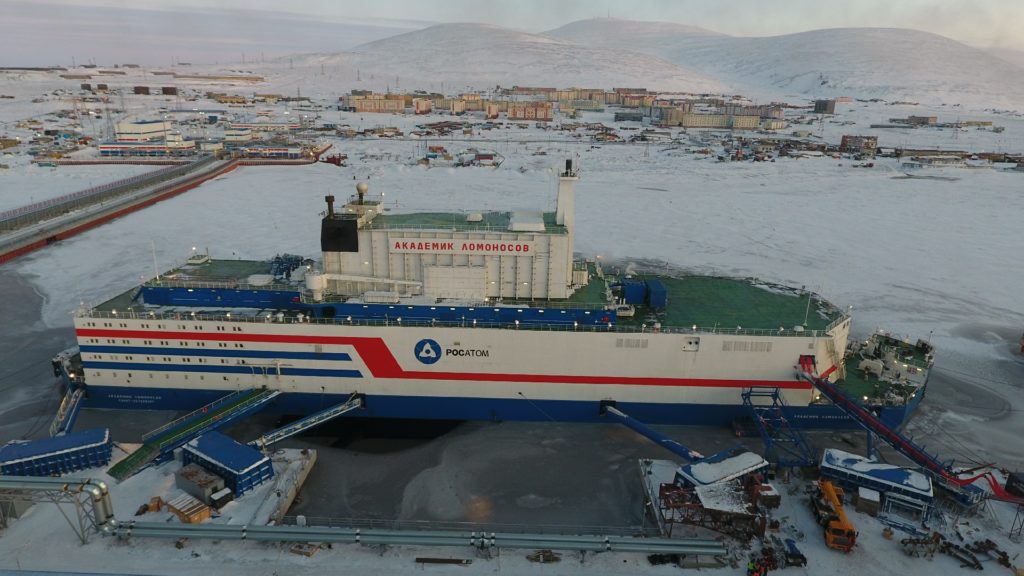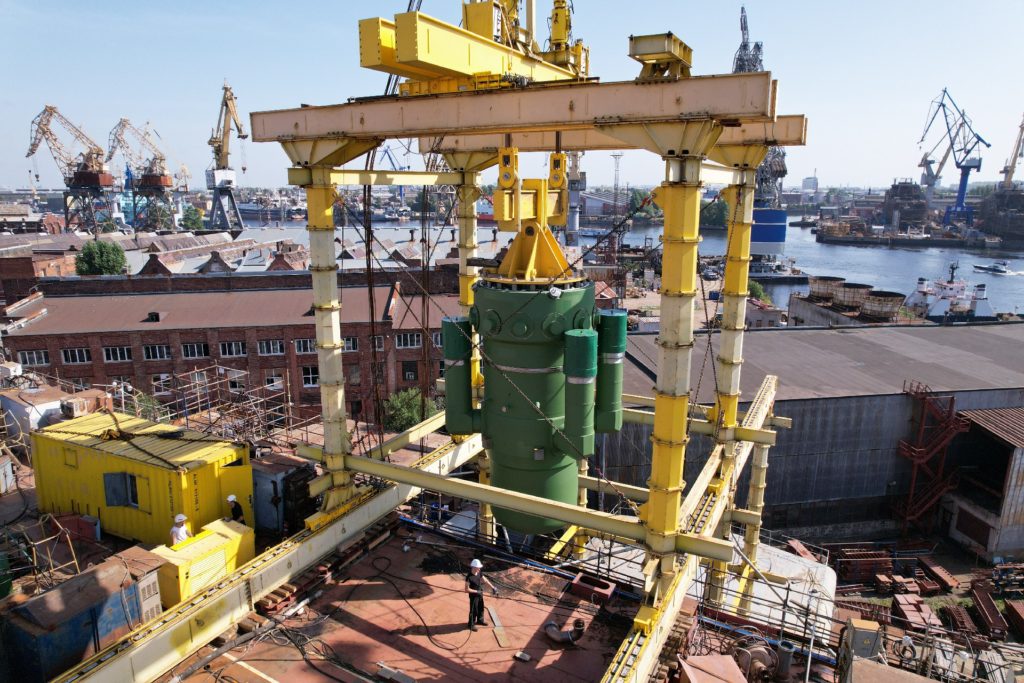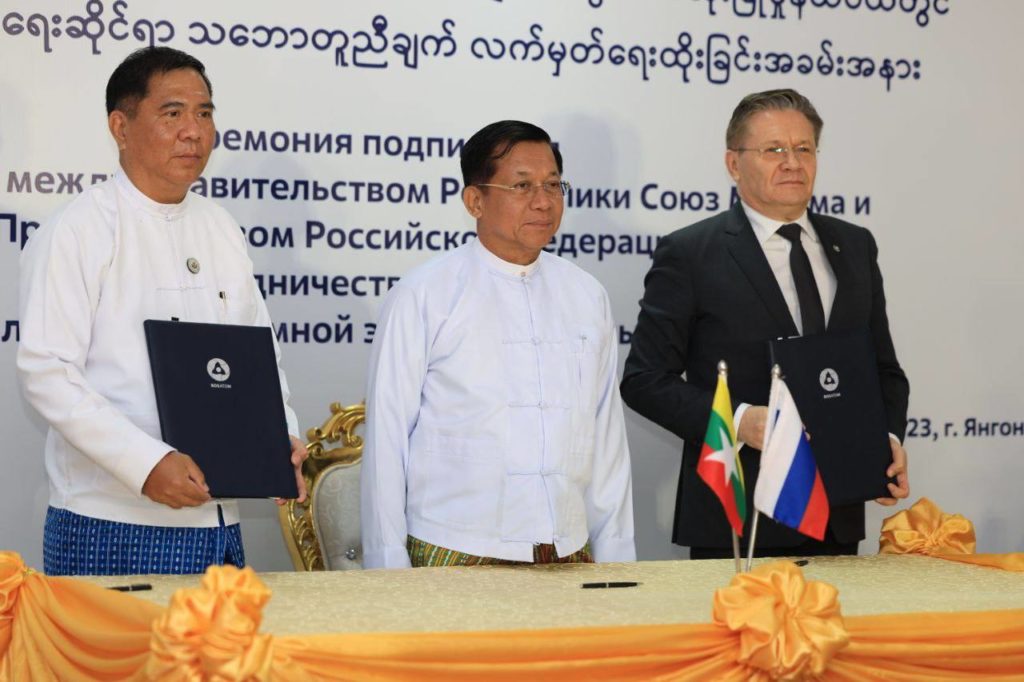
Small Modular Reactor — New Nuclear Trend
back to contentsRussia is the only country in the world where a small capacity nuclear power plant (SMR) has been operating for several years. At the same time, SMR is frequently named among the main trends of the global nuclear market. This expands the interest of both countries already using large capacities and newcomers. In early February, Rosatom signed an intergovernmental agreement with Myanmar on the establishment of SMR in the country. From an African perspective, “small” technologies are also more than relevant. Ryan Collyer, CEO of the Rosatom Central and South Africa Regional Center, talks about the advantages of SMR and how these solutions can be useful for African countries.
Please explain which nuclear power plants are considered small modular reactors (SMR)? How are they different from traditional nuclear power plants?
SMR nuclear power plants operate in pretty much the same way as larger plants. All nuclear power plants utilize nuclear fission to produce energy. Nuclear fission is a reaction where the nucleus of an atom splits into two or more smaller nuclei, while releasing energy. The only difference between traditional NPP and SMR lies in the installed capacity. According to the International Atomic Energy Agency, small modular reactors have an installed electrical power of up to 300 MW per module. The big idea behind the SMR concept is that they can be built in series at a factory and then delivered to the required site. The modules can be added following energy demand. Going SMR is a flexible approach allowing customers to have as much clean energy as they need in a timely manner. The SMR technology is probably one of the cutting-edge energy technologies right now and it is only natural that there are over 50 SMR designs in development all over the world.
What’s Rosatom’s experience in the construction and operation of small modular reactors?
Rosatom’s experience in developing SMRs goes back more than 65 years. Russia’s small reactor technologies underlie a great number of designs.
Rosatom was the first nuclear vendor to bring its own SMR design to life when in December 2019 it connected floating power unit Akademik Lomonosov to the grid in Russia’s northernmost town of Pevek.

Rosatom’s unique expertise in SMRs comes from its extensive experience with nuclear icebreaker reactors. Rosatom’s flagship SMR technology is the RITM‑200 reactor which is based on many years of experience in operating small reactors on ships of the Russian nuclear icebreaker fleet (more than 400 reactor-years). Generating up to 55 MW of electrical power it is designed for nuclear icebreakers, land-based small NPPs, and floating nuclear power plants. Today, eight RITM‑200 reactors have already been installed on the newest nuclear icebreakers Arktika, Sibir, Ural and Yakutia. Six of these reactors at three icebreakers are already in operation. The technology has proven its efficiency and ultimate safety throughout all stages of the life cycle including radioactive waste management.
Currently, Rosatom is developing its first land-based nuclear power plant and constructing four floating nuclear power units based on the RITM‑200 technology. Land-based SMR NPP is designed to supply power to isolated power systems of remote areas. It is characterized by its compactness and modularity, short construction period and high safety standards. The construction of the station will provide a stable and clean energy supply for the development of the Kyuchus gold deposit, which is one of the largest in Russia. The commissioning of a small scale nuclear power plant in Ust-Kuyga settlement in the Republic of Sakha (Yakutia) is scheduled for 2028.
Today, Rosatom can offer its customers both land-based and floating nuclear power plants based on our cutting-edge RITM-series small modular reactors, whose design incorporates many years of experience in operating the Russian icebreaker fleet. SMR’s compact size unlocked numerous opportunities for their deployment in remote areas, extreme climate zones, coastal regions with infrastructure constraints, and mines.

How effective are SMR compared to grid power?
For many small and/or developing countries with limited power grids, traditional large-scale nuclear power plants such as Rosatom’s VVER‑1200 (a nuclear power unit of over 1 GW) may not be suitable. In order to get economies of scale you would build at least two units on a site, this would mean an installed capacity of 2400 MW, this is a huge amount of energy, and is often excessive for smaller countries or countries where centralized energy systems and networks are underdeveloped. One also needs to take into consideration that while nuclear power plants have a very high capacity factor, they do need to be taken off line occasionally to be refueled and maintained, so you do not want one generation unit to make up too large a portion of your country’s power. In addition, there are many isolated power systems on our planet — located, for example, on islands.
In such cases, to ensure uninterrupted generation, as a rule, stations operating on fossil fuels are used, however these sources of energy come with environmental and health risks. This is really where SMR’s can play an integral role.
What, in your opinion, are the main advantages of SMR?
SMR’s do not produce any emissions during their operation, making them very environmentally friendly. The main advantages of this technology are lower capital costs (compared to large nuclear power plants), shorter construction times, flexibility in terms of site selection, as well as modularity itself — that is, the ability to add reactors to the plant as demand for electricity increases, increasing power.
You mentioned that the SMR’s cost will be lower than a traditional NPP. How much lower?
It should be noted that although the reduction in the cost of the project of small plants is not directly proportional to the reduction in their capacity, all the same, these projects are significantly smaller than full-scale nuclear power plants.
For developing countries who need NPPs but do not have economies to support deployment costs, what packages does Rosatom offer?
Each country is different and there is no one-size-fits-all solution when it comes to implementing a nuclear programme. The decision to implement a nuclear programme is a strategic long-term decision and should be treated as such. The development of a nuclear power programme does not happen overnight and can take several years to implement.
It is important for all countries, which are considering embarking on a nuclear power programme to understand that this is a long-term commitment. A nuclear programme requires the establishment of sustainable national infrastructure in terms of government bodies, legislation, regulatory bodies, industrial capability, human resources, as well as stakeholder support, throughout its life cycle. Most countries follow the IAEA key milestone approach, and this can be a very lengthy process. As a responsible nuclear vendor, we understand that we need to move at a pace that results in a safe, sustainable and affordable nuclear programme that will benefit the partner country and its population for generations to come.

There are various financial models utilized globally to finance nuclear power plants, and Rosatom works with its partners to identify the most appropriate mechanism for them.
It is known that nuclear power plants with VVER‑1200 reactors, which are being built by Rosatom, are recognized as one of the safest nuclear power plants in the world. And what is the situation with the safety of SMRs?
The safety systems of small scale nuclear power plants with RITM series reactors are based on Rosatom’s many years of accident-free operation of large scale reactors for land-based NPPs with VVER-type reactors and small reactors at the icebreakers.
The safety of a small scale nuclear power plant with reactors of the RITM series is guaranteed. Safety systems prevent the possibility of an accident, and several levels of barriers built into the design of the station exclude the release of radioactive substances into the atmosphere. The combination of active (which require power sources) and passive safety systems allow the plant to achieve the highest possible level of safety. In addition, the principles of inherent safety of the reactor are used.
Living near nuclear power plants is absolutely safe for health. For example, the distance from the Bilibino nuclear power plant to the town of Bilibino is only 4.5 km. This unique NPP is located in the center of Chukotka supplying the vital power to the mining enterprises of Chukotka for more than 40 years. Floating power plant Akademik Lomonosov is moored in the port of Pevek and since its arrival in the city, the radiation background has not changed and remains within the regular values, despite the fact that the distance from the station to the city of Pevek is less than 1 km.




